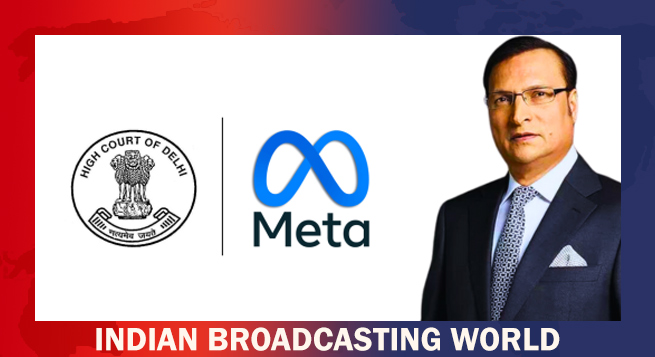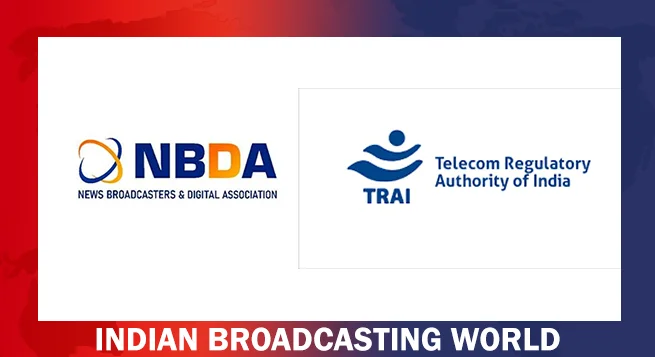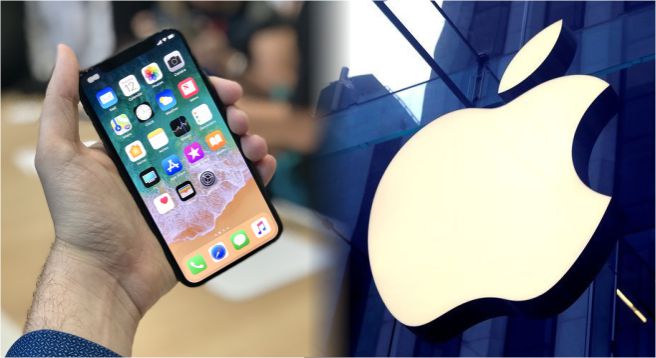In what could be a game changer for sitcom services, including delivering high-speed broadband via satellites, a media report has hinted that with the launch of 5G services in many parts of the world, Apple’s iPhone13 could facilitate such a service.
However, some tech experts have doubted the claim, made on the basis of an observation made by Apple analyst Ming-Chi Kuo by countering that one of the stumbling blocks to make broadband-via-satellite, for instance, mass based and affordable in developing countries is the still-high cost of the hardware needed as part of consumer premise equipment.
According to a report in 9to5mac.com, Ming-Chi Kuo in an investor note has said that he expects the upcoming iPhone 13 models to feature a low-earth-orbit (LEO) satellite communication mode. This would allow an iPhone 13 user to send messages and make phone calls, even when they are not within standard 4G/5G cell tower coverage.
Ming-Chi Kuo is a renowned Apple analyst, with over 10 years of experience reporting on Apple with data from the supply chain, says appleinsider.com, adding, much of what we learn about upcoming Apple products, delays, and potential price points are derived from Kuo’s reports.
Bloomberg first reported Apple’s investigations into using satellite technology to beam data to iPhones in a story from 2019. However, this is the first time media has reported that the feature is coming as part of the 2021 iPhone 13 lineup.
In the future, Kuo speculates, according to 9to5mac.com, LEO satellite communication may also be used by the upcoming Apple AR headset, the Apple Car and other Internet-of-Things accessories.
Kuo says that the iPhone 13 will use a customized version of the Qualcomm X60 baseband modem chip. This chip will support communications over satellite.
It is unclear if sending messages and making calls over satellite would only work with Apple services like iMessage and FaceTime or whether it would be limited to a special emergency messaging mode only meant to be used rarely, or whether Apple could proxy satellite communications to standard cell towers.
It is also unclear if satellite features would be free, like GPS, or would come with associated usage charges. Simply because satellite broadband service that’s presently offered by SpaceX’s Starlink in the US, for example, costs $ 99/month for a 50-150 Mbps download speed, apart from a one-time cost of the hardware that includes a modem and a small dish antennae — a fairly costly service.
 Delhi HC orders meta to remove deepfake videos of Rajat Sharma
Delhi HC orders meta to remove deepfake videos of Rajat Sharma  Govt. blocked 18 OTT platforms for obscene content in 2024
Govt. blocked 18 OTT platforms for obscene content in 2024  Broadcasting industry resists inclusion under Telecom Act
Broadcasting industry resists inclusion under Telecom Act  DTH viewing going down & a hybrid ecosystem evolving: Dish TV CEO
DTH viewing going down & a hybrid ecosystem evolving: Dish TV CEO  New adventure of detective Feluda debuts on Hoichoi Dec. 20
New adventure of detective Feluda debuts on Hoichoi Dec. 20  ‘Pushpa 2’ breaks records as most watched film of 2024: BookMyShow Report
‘Pushpa 2’ breaks records as most watched film of 2024: BookMyShow Report  Hungama OTT unveils ‘Pyramid’
Hungama OTT unveils ‘Pyramid’  Amazon MX Player to premiere ‘Party Till I Die’ on Dec 24
Amazon MX Player to premiere ‘Party Till I Die’ on Dec 24  aha Tamil launches ‘aha Find’ initiative with ‘Bioscope’
aha Tamil launches ‘aha Find’ initiative with ‘Bioscope’  Netflix India to stream WWE content starting April 2025
Netflix India to stream WWE content starting April 2025 








